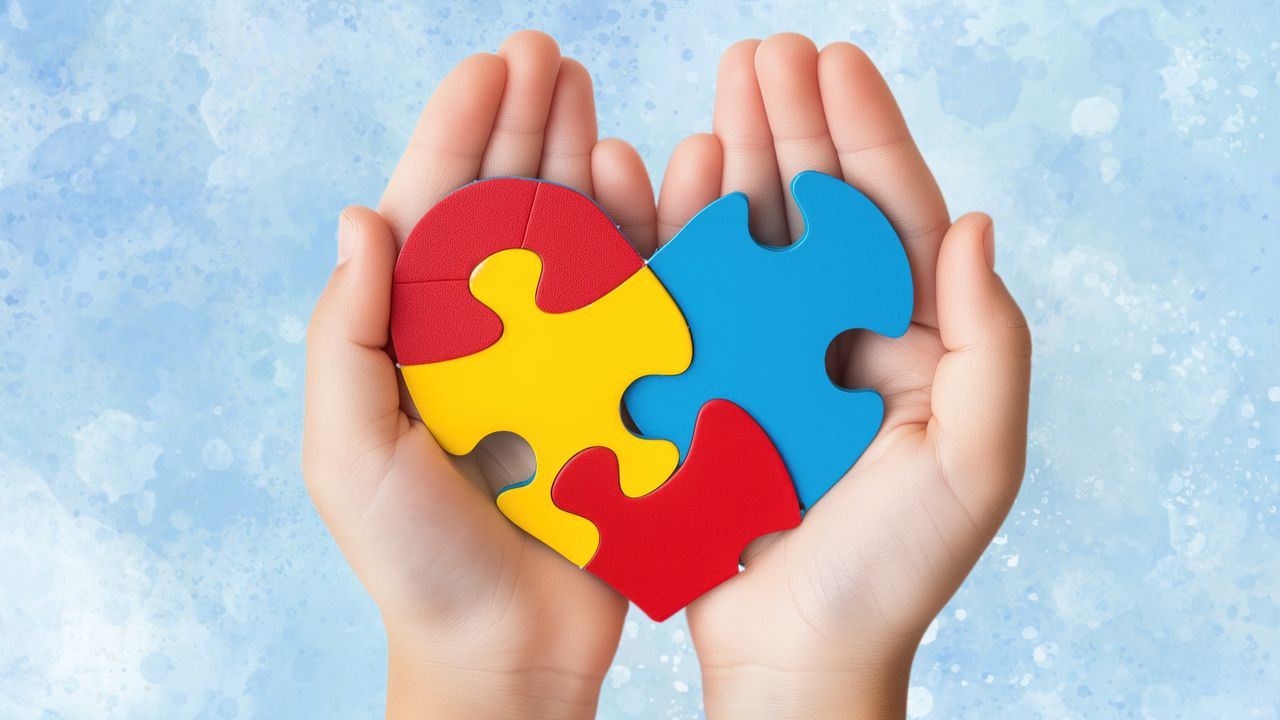
Dr Amy Bailey, Clinical Psychologist and Head of Psychology at kidsFIRST Medical Center answers your questions about understanding autism in children
April is Autism Awareness Month, a chance to build understanding, empathy, and support around a complex neurodevelopmental condition that varies greatly from child to child.
We asked psychologist Dr Amy Bailey to answer key questions to help parents and educators recognise the signs, understand the spectrum, and seek appropriate support if needed.
What exactly is Autism Spectrum Disorder (ASD)?
Autism Spectrum Disorder (ASD) is a neurodevelopmental condition that affects how a person experiences the world.
It is characterised by differences in social interaction and communication and restricted or repetitive behaviours or interests.
No two people diagnosed with autism are the same—some children may need lots of support, while others might need very little.
Understanding this wide range is key to offering the right help at the right time.
Why do people say autism is a ‘spectrum’?
Autism doesn’t look the same in every child diagnosed. Some children may have big challenges with things like speaking or making friends.
Others may speak fluently but struggle to read social cues or join group play. These differences can vary greatly in how noticeable they are, which is why it’s called a spectrum.
What affects how autism shows up in different children?
Many factors can shape a child’s experience of autism, such as language skills, learning style, how they react to sensory input (such as noise or touch), and whether they have any other conditions.
Gender also plays a role. Girls with autism often show more subtle social differences that can be missed or mistaken for shyness, so they’re sometimes diagnosed later than boys.
You might also like: Why art matters: Creativity, confidence and life skills
Why is it so important to understand how varied autism can be?
When we recognise that autism looks different in every child, we can better support them as individuals. It also helps to break down common myths and misunderstandings.
This awareness encourages empathy and reduces the stigma around getting a diagnosis or asking for support.
What are some signs that might suggest my child is on the autism spectrum?
It’s not always obvious, especially when the signs are more subtle. Some things to look out for might include:
- A child who doesn’t seem very interested in social play or interaction, and this stays the same over time
- Not engaging in pretend or imaginative play
- Strong, ongoing reactions to sounds, textures, or other sensory experiences
- Getting very upset by small changes in routine or environment
- Big meltdowns that seem out of proportion and are hard to soothe
- Difficulty expressing feelings or picking up on how others are feeling
These signs don’t always mean a child is autistic, but they’re worth exploring further if you’re unsure.
If I’m concerned, what should I do?
Start by speaking to your child’s teacher or the school SENCO (Special Educational Needs Coordinator). They can share what they’ve noticed and help you decide on next steps.
If needed, you might be referred for a more detailed assessment. This usually includes talking to you about your child’s development and observing how your child interacts and learns.
The school may also be asked for their input to build a full picture of your child’s behaviour across different settings.
Final thought
Every child on the autism spectrum is different, and that’s exactly why awareness matters.
By learning more about the signs, asking questions, and staying open-minded, we can all create a more understanding, inclusive world for our children and each other.
For more information visit kidsfirstmc.com
Follow Yalla for more education news

